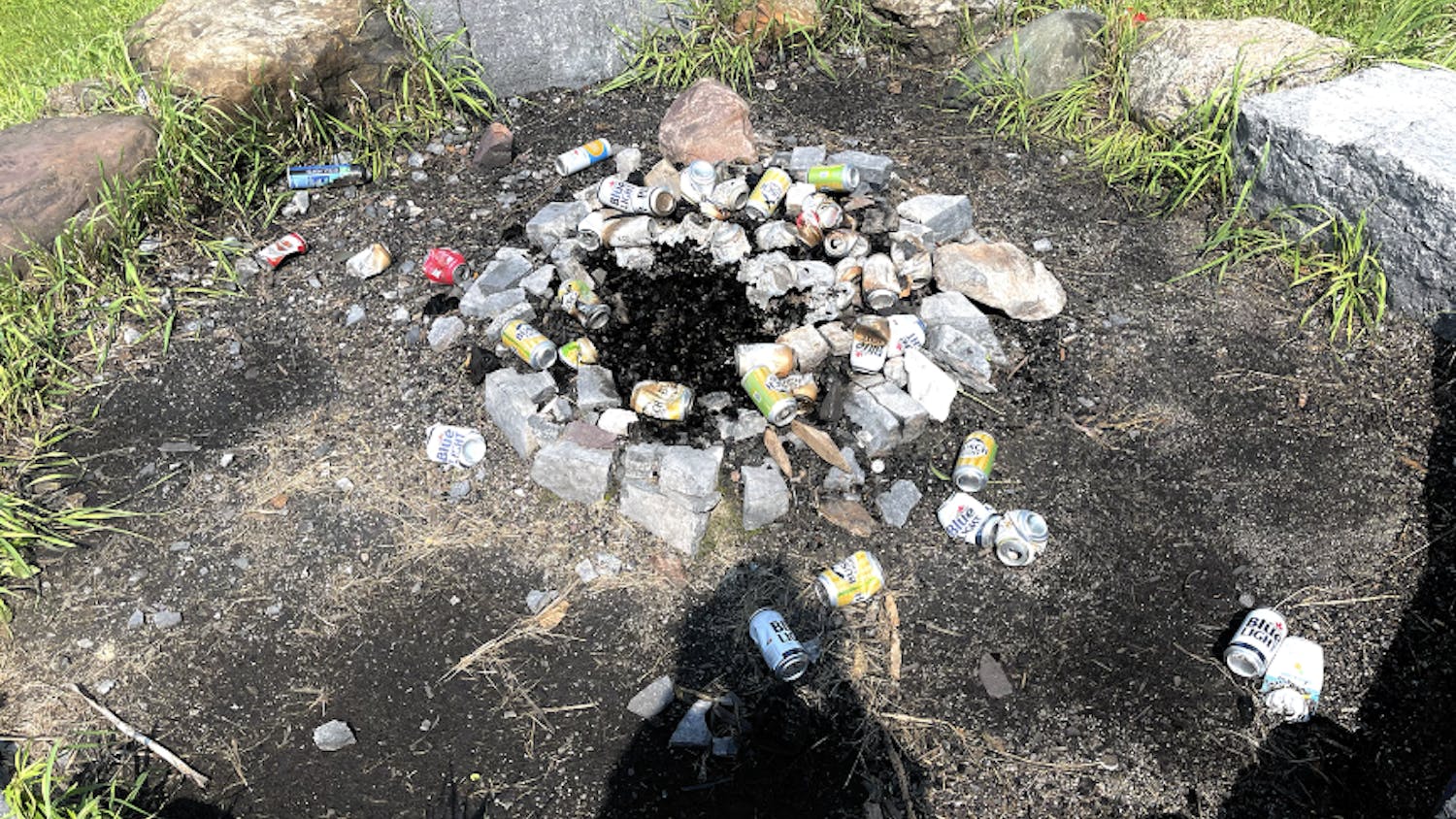Author: Alex Garlick 08.5'
The images are timeless: houses and communities destroyed by an act of God. A woman chest deep in water, her throat parched because she has no water to drink. A farmer watching his entire harvest, which he labored on for months wash out to sea like a child's sand castle on a beach. Desperate men and women running out of stores, with shopping carts full of plundered goods. The devastation caused by Hurricane Katrina was immense, and it taught us many lessons about ourselves.
It uncovered deficiencies in our emergency response abilities. It exposed a political appointee heading our nation's primary emergency response team despite having no ability or prior relevant experience. But one obvious lesson was learned that has yet to be discussed is the greater appreciation Hurricane Katrina should give us for the tsunami that struck Asia last winter. Their images are similar, just on a greater scale. We lost parts of New Orleans. The tsunami devastated a string of countries.
The most obvious statistic is the most telling: the death toll. While it is not appropriate to claim that the death of any one person is insignificant, what happened in New Orleans is barely a drop in the bucket compared to the devastation of Asia.
Before researching this piece I was discussing the topic with a well-informed friend of mine. We were speculating what the ratio of tsunami-related deaths versus Katrina-related deaths was. Our guess? 10:1. Our justification for this number was caused by a number of factors - chiefly the amount of news coverage and national attention paid to each disaster. Granted, one happened on our own land, while another was in a far away continent. But it is still staggering how much more Katrina is blown up comparatively. The only time I've even heard mention of the tsunami during any hurricane coverage was in reference to former Presidents Bush and Clinton teaming up to privately fundraise again. And the hurricane coverage has now consumed the news cycle of countless media outlets for nearly a month.
Besides just media attention, the whole country came to a halt to aid New Orleans. Even our college has gone out of its way to accommodate displaced students, and is offering its employee's a chance to contribute by traveling to the Hurricane-stricken area. Nothing of the sort happened following the tsunami. Therefore, I thought that my guess of the death toll ratio at 10:1 seemed realistic. The death toll ratio of the Tsunami to Hurricane Katrina is actually 200:1. Two hundred to one. For every person that died from Hurricane Katrina, two hundred Asians perished from the tsunami.
CNN reported this weekend that the death toll resulting from Katrina just topped 1,000. The BBC conservatively estimated in June that the death toll from the tsunami was 200,000. This number is staggering. It can't be said that we, as Americans, have done anything wrong in response to these two natural disasters, however, we treated this hurricane with damage that is minuscule in proportion to the tsunami as if it was a far more serious catastrophe.
Also, the aid provided by the federal government for Katrina pales in comparison to that provided for the tsunami. President George W. Bush's initial commitment to Asia was $350 million, a number he later upped to $950 million. So we'll call it a billion dollars. What was initial estimate for federal relief to New Orleans? $200 billion (200:1 ratio... sound familiar?).
So what is that final lesson taught to us by Katrina? It wasn't just that Katrina was a terrible disaster that could have been less terrible if proper preparations were in order before hand, nor was it that we should re-evaluate how the federal government responds to crises. Katrina gave us a taste of what Asia went through, not even one year ago. Katrina shouldn't wash the images of tsunami victims out of our nation's collective memory like an outgoing tide - it should burn those images in even deeper.
Tsunami should teach us waves of lessons
Comments



